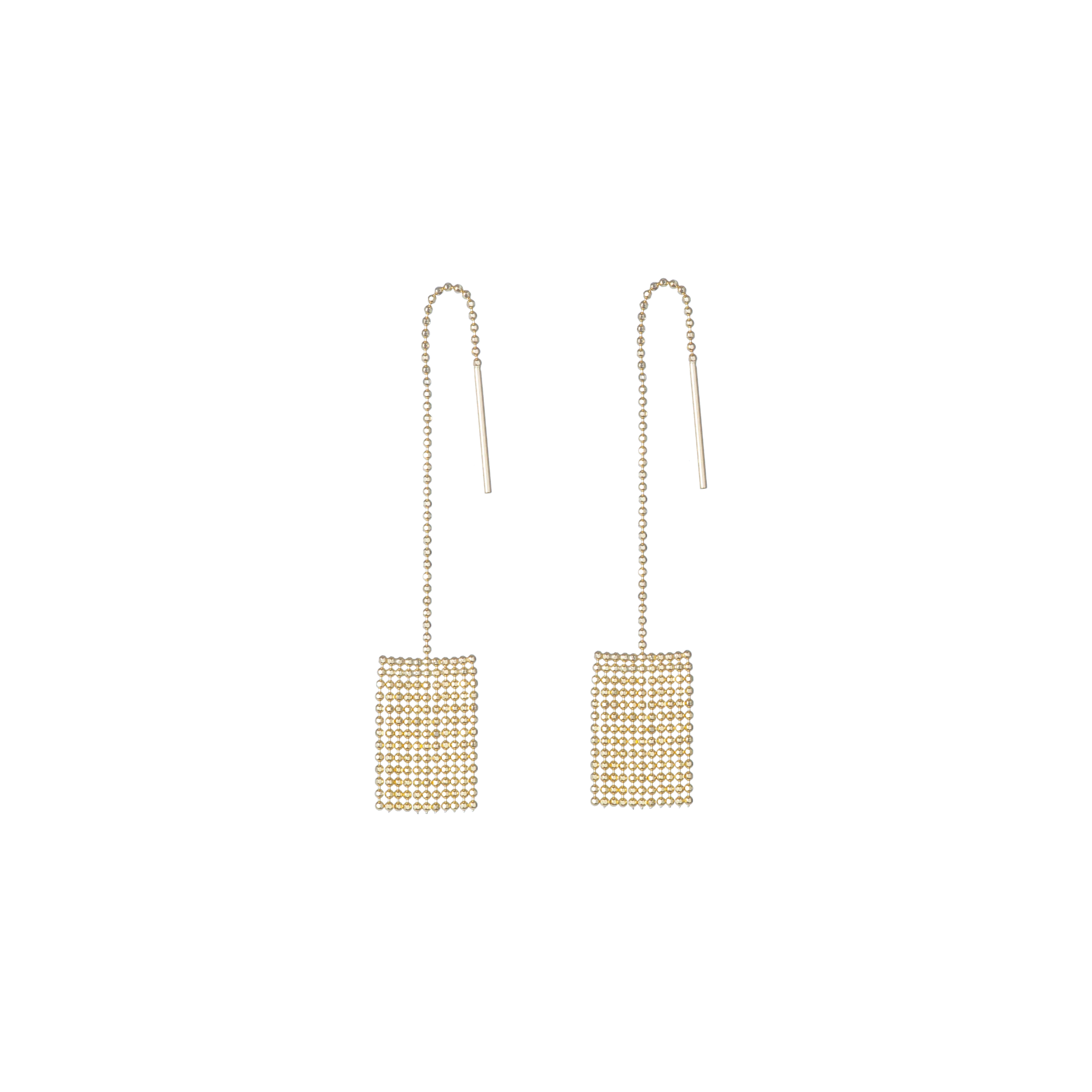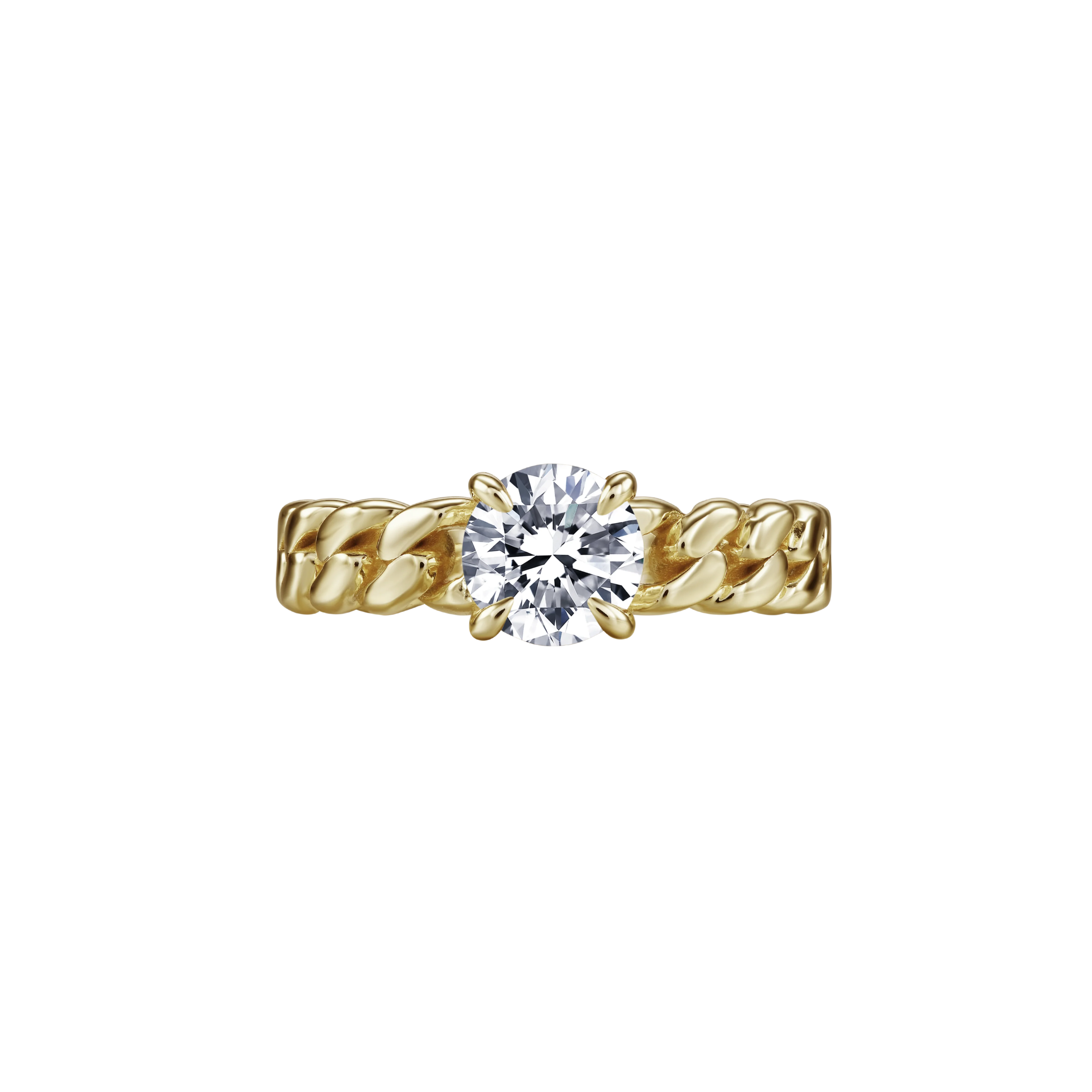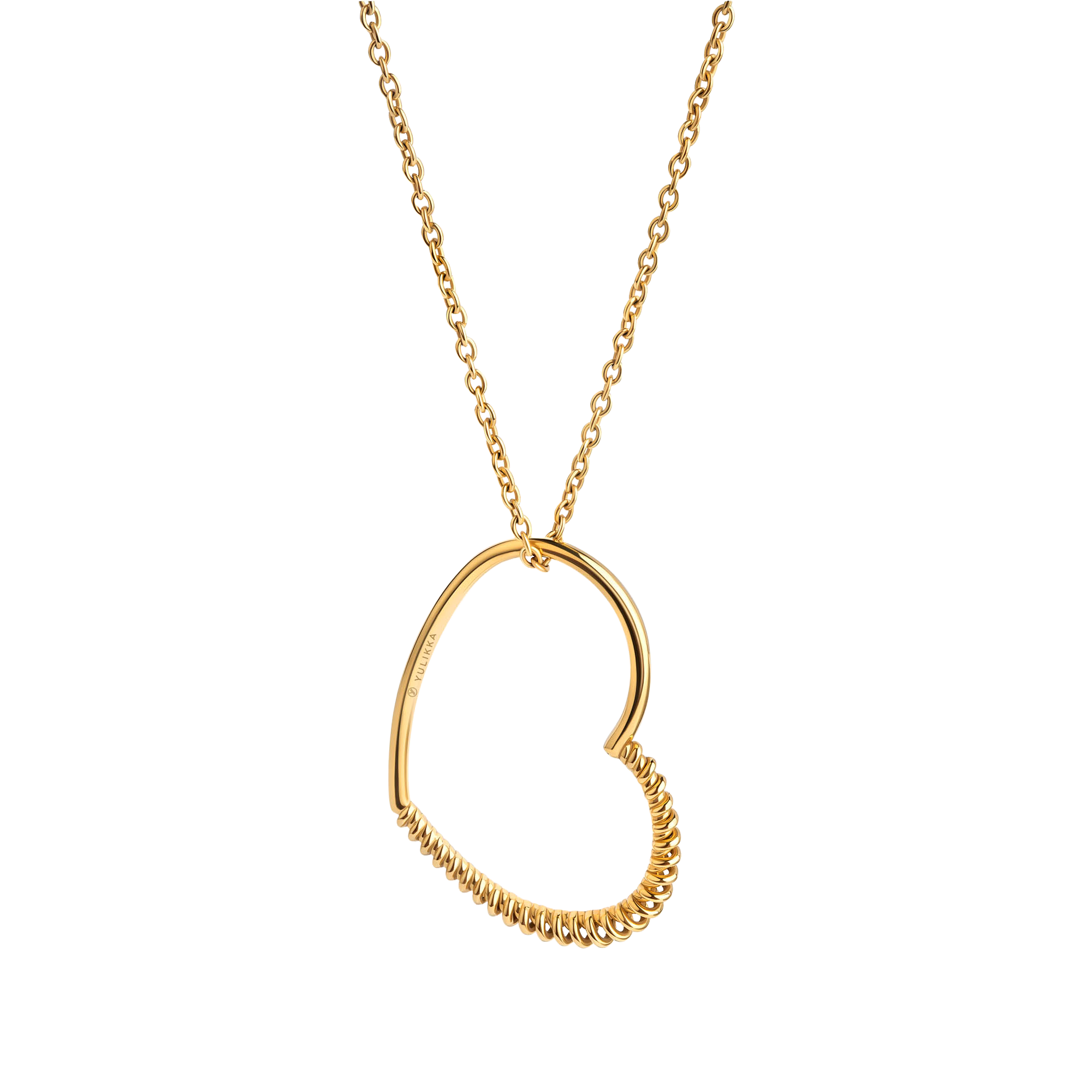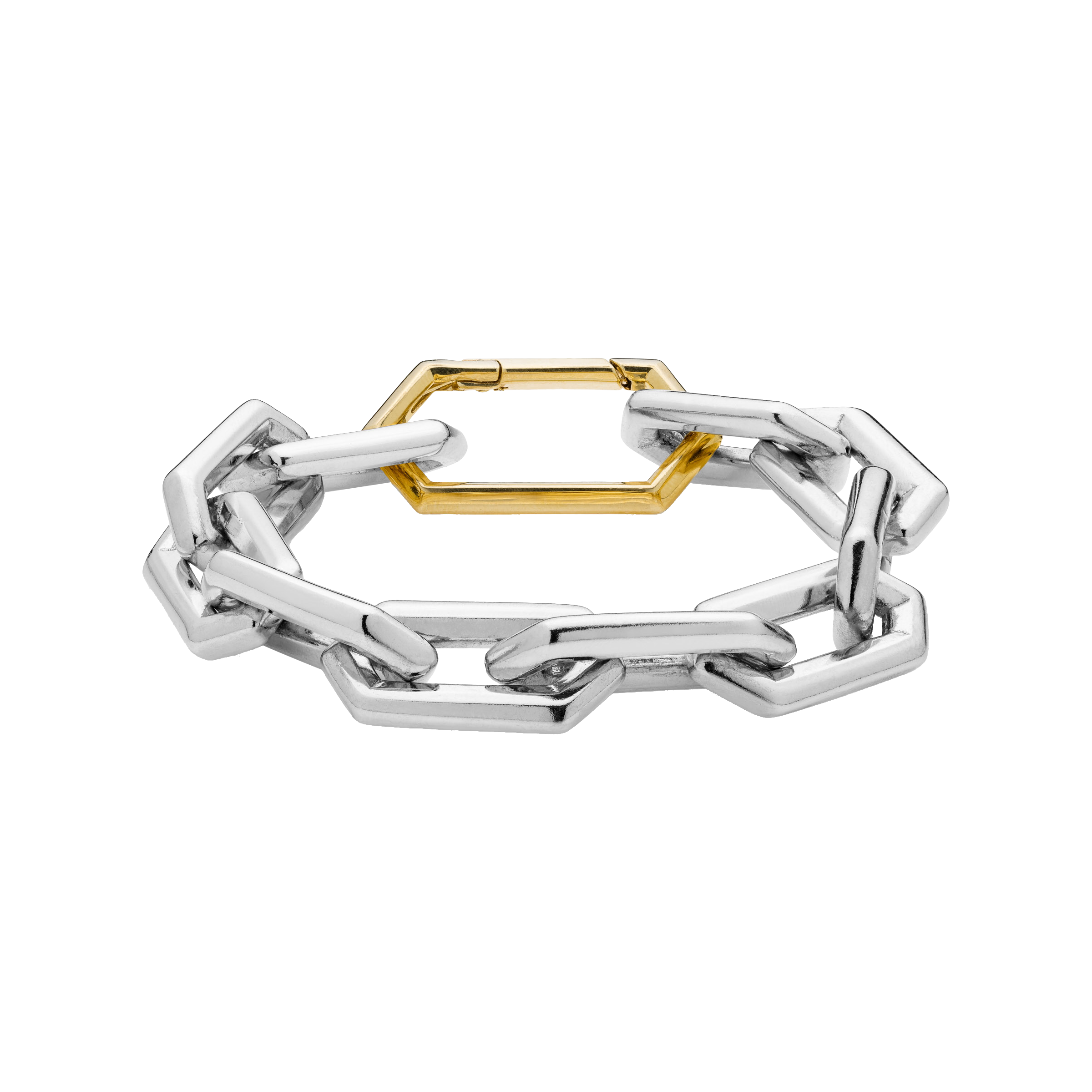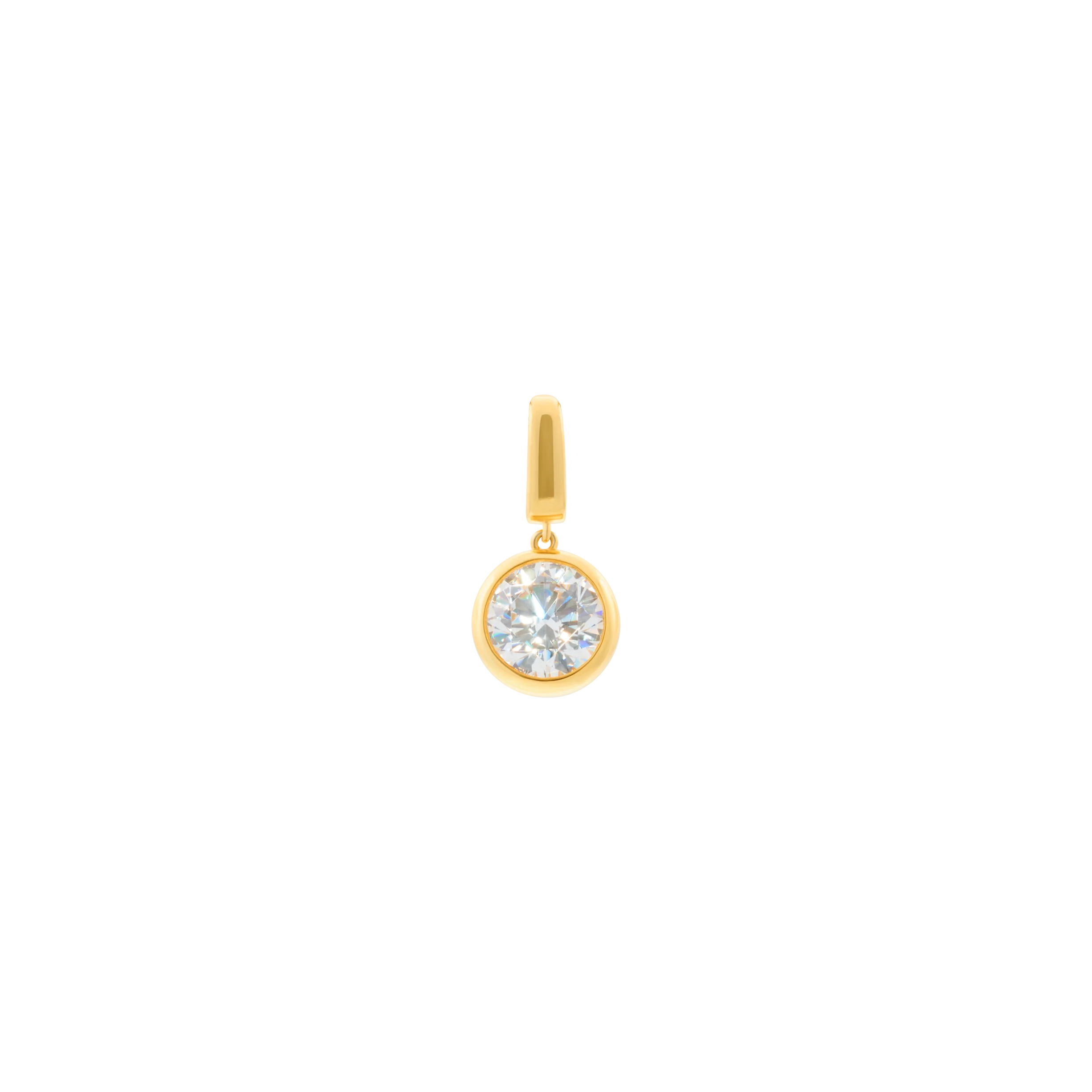Independent verification of the highest sustainability standards.
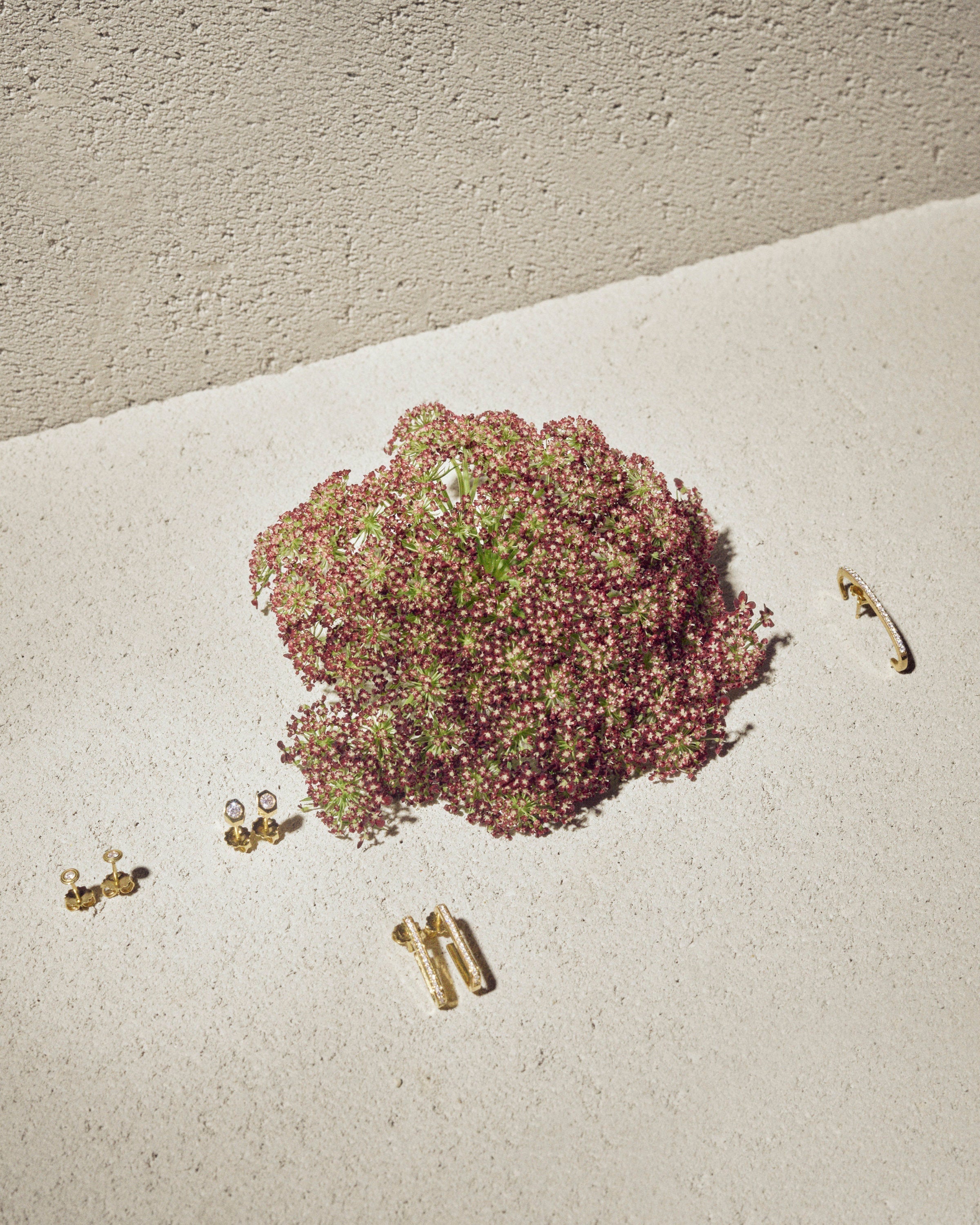
Lab-Grown Diamond Jewelry
When it comes to the high-end, luxury jewelry world, many have asked about stones that can add the same bling to their personal style. After all, top-quality jewelry may be out of reach for some people due to its rarity and hefty price tag.
In the past couple of years, a new type of lab-grown diamond has appeared on the market. These lab-grown diamonds get their unique properties from being grown in a controlled laboratory setting. There’s a lot of mystery around lab-grown diamonds, and it’s easy to understand why. Let’s take a closer look at what you need to know about lab-grown diamond jewelry before you buy one for yourself or someone special.
What are lab-grown diamonds?
Growing diamonds in a laboratory sounds like something out of a sci-fi novel, but lab technology continues to advance at rapid speeds, making almost anything possible. Lab-grown diamonds are gaining popularity because they have many advantages. For example, due to their consistent growth and purity, lab-grown diamonds have excellent clarity and cut, making them a great option for rings, earrings, bracelets, necklaces, or any other piece of jewelry you want to last long.
Lab-grown diamonds are pure carbon diamonds in every single way, including their physical, optical, and chemical properties. Sometimes, lab-grown diamonds might be referred to as man-made diamonds, synthetic diamonds, engineered diamonds, or cultured diamonds.
How are lab-grown diamonds made?
Lab-grown diamonds are created by heating natural carbon into a graphite shape, but they can also be made from silicon carbide or aluminum oxide.
A typical process of creating lab-grown diamonds involves setting a carbon source inside an automated machine, where the machine injects carbon and other minerals, along with heat and pressure, to produce a diamond.
Diamonds are made from carbon atoms subjected to high temperatures and pressures inside a laboratory. The process takes about two weeks. The machines are computer-controlled and programmed to control the temperature, pressure, and various other factors throughout the growth process.
The amount of time needed to produce a diamond depends on its size and shape. The first step in growing a diamond is to place a small piece of diamond seed material inside the machine. Next, the machine heats the piece of carbon inside the machine to create a high-pressure environment that forces the carbon to grow into a lab-grown diamond.
Seed
The lab-grown process begins with a tiny diamond fragment, known as a seed crystal. This is placed in a cell inside a press, together with a metal catalyst, such as nickel or iron. A block of pure carbon, such as graphite, sits on top.

HPHT
The first and original method, High-Pressure High-Temperature (HPHT), starts by planting the seed in pure carbon and placed in what amounts to an oven, under very high pressure and heat. The seed acts like a diamond template, and the carbon bonds to it layer by microscopic layer to create a rough diamond crystal which can then be cut and polished into its final brilliant form. The largest, whitest diamonds on the market are grown with this method.

CVD
The second method, Chemical Vapor Deposition (CVD), is more modern technology yet similar in that it also starts with a thin slice of a diamond seed.
That slice goes into a super-hot (though not as hot as HPHT) sealed chamber—a plasma reactor—filled with carbon-rich gas.
Then, those gases are ionized with lasers or microwaves to molecularly bond the carbon to the seed. Eventually, you guessed it, a freshly grown diamond.

How should I choose?
Lab-grown diamonds are manufactured in a laboratory under high-pressure and high-temperature conditions. Lab-grown diamonds are more consistent in shape, size, and quality and may be more affordable. It has attractive attributes when deciding the suitable rock for your personal jewelry.
Benefits of lab-grown diamonds
Consistent Quality - Lab-grown diamonds are consistent in quality, and you can easily choose the clarity level and shape you want.
Affordability - Lab-grown diamonds are more affordable because growing them is more accessible than finding them in nature. You can likely set a stone in your engagement ring or purchase other jewelry pieces that are more within your budget.
More Fun - Lab-grown diamonds are usually white or colorless, but they can also be pink, yellow, blue, or even green, depending on the process. Rapid technological advancements mean new techniques will allow us to grow diamonds in various fancy colors, enabling even more unique design options.
Limitations of lab-grown diamonds
Lack of Imperfection - While most lab-grown diamonds are colorless and have excellent clarity, they do not have the unique imperfections that set them apart and make them special.
Lack of Rarity - Lab-grown diamonds are made in a lab and therefore are theoretically infinite in quantity. If one-of-a-kind rarity is what you are looking for, you should look into other gems.
Lack of Geological History - Some people like the idea of wearing something that has been around for millions of years. This is because geological formations such as volcanoes and glaciers, as well as their impact on the environment, help tell the geological story of the Earth.
The 4C’s of choosing a lab-grown diamond
When it is time to shop for a lab-grown diamond, it’s essential to keep the fundamentals of buying lab-grown diamonds in mind.
In 1953, the Gemological Institute of America (GIA) invented the International Diamond Grading System and the 4Cs: cut, clarity, color, and carat weight. Lab-grown diamonds are most typically graded using this standard 4Cs method, considered the global standard for assessing diamond quality.
After all, the goal is to end up with a polished gem that you love for years to come.
Cut
The cut is perhaps the most significant factor in choosing a lab-grown diamond. A lab-grown diamond’s cut determines its brilliance, scintillation, and fire — all of which contribute to its value.
Clarity
Clarity is determined by the amount of inclusions. While synthetic diamonds can be manufactured with high clarity, clarity grade is particularly important when purchasing a lab-grown diamond.
Color
Color refers to the degree of colorlessness in a lab-grown diamond. The color scale for diamonds ranges from D (colorless) to Z (light yellow or brown).
Carat Weight
Carat weight refers to the unit of measurement used to express the weight of a diamond or other gemstone. One carat is equivalent to 0.2 grams or 200 milligrams.
Who can grade and certify lab-grown diamonds?
Currently, many major laboratories can can provide a diamond grading report and certification for lab-grown diamonds. These include the Gemological Institute of America (GIA), as well as American Gem Society (AGS), the International Gemological Institute (IGI), HRD Antwerp, and the Gem Certification and Assurance Lab (GCAL) and Gemological Science International (GSI).
The bottom line
The rise of social media has made it easier than ever to learn about new trends and buying habits. And the jewelry market is no exception. With more people aware of their options, the demand for lab-grown diamonds has increased significantly in recent years.
The future of lab-grown diamonds looks bright, as more designers and consumers are exploring new designs and using this new material. Since lab-grown diamonds have become a widely accepted option in the jewelry market, there is no reason to avoid them. In fact, they are a suitable and attractive choice for anyone who is looking for a beautiful piece of jewelry.
YOUR NEXT FAVORITE JEWEL IS GROWN IN A LAB
There are so many different types of jewelry out there. There is something for every style and taste. Some people prefer simple things, while others love extravagant and bold looks. Find the right piece from our new arrivals.


